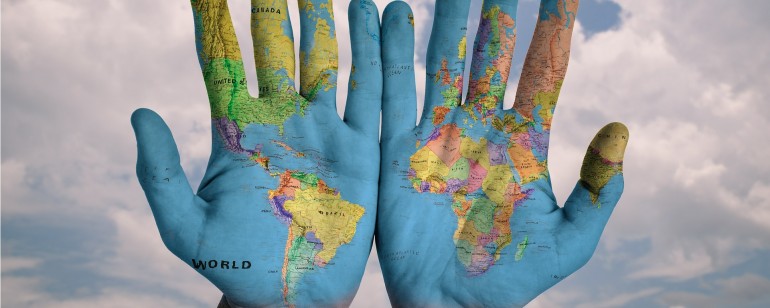Sponsored Listings:
A panel discussion, ‘Future of Roadshows – Maximising Your Marketing Spend’, was held at this year’s Satsa Conference, where panellists discussed dealing with various and emerging markets when participating in a roadshow.
Moderated by Karen Terell, Sales & Marketing Director at Sun International, with panellists comprising Abby Swartz, Marketing & Promotions Manager, Nordics for South African Tourism; Derek Houston, MD of Houston Travel Marketing Services; Hanneli Slabber, SA Tourism GM for the Middle East, Asia, and Australasia; and Jacqui Reynolds, Managing Partner at On Show Solutions.
“We choose products for roadshows that are aligned to consumers,” commented Swartz.
When dealing with Europe, which is a much more mature market/region, Swartz said it was just about how SA Tourism packaged its South African-based products.
Dutch roadshows can accommodate a much larger set of products. According to Swartz, SA Tourism can accommodate 20 people and 150 products that are applicable to the Dutch market, whereas the Nordic market is more of a niche one. Swartz said SA Tourism could only take a limited number of suppliers; therefore it was all about giving someone else a chance to participate, and not taking along the same suppliers as the previous year. Last year, SA Tourism embarked with 20 products, this year it has increased this to 50.
Houston said the number of outbound tour operators selling Africa and incentives out of Scandinavia was big, and a significant amount of business travel materialised out of this.
When promoting Africa in different markets, Reynolds said that when entering the US market, one needed to look at it from a product rotation perspective, and for the German market, one needed to view it from an appreciation of appointment type basis.
As for the Russian market, Reynolds said it was vital to conduct a presentation to the room and ensure networking time took place there.
Slabber mentioned that when people made database decisions, deciding to break into a new market, the level of commitment needed to be reviewed. Using India as an example to illustrate this, Slabber said the South African tourism industry needed to attend a roadshow for three consecutive years, or else not take part at all. She said when conducting a roadshow in India, more entrepreneurship products were needed.
It is important to go back and see the key players, operators and to continuously develop that relationship, especially when looking at emerging markets such as Russia, Eastern Europe and some Middle Eastern markets, according to Houston. “It is important to see what the roadshows target in terms of audience.”
Houston said Poland was a major outbound incentive market, as there were 23 DMCs at the last roadshow.
After each roadshow, On Show Solutions reverts to see whether buyers were satisfied with what they delivered and figure out if there is long-term sustainability for that market.
For each market, one needed to adapt and evolve. All of this related to market readiness, according to Reynolds. It is about how one represents oneself to the market.
Source: tourismupdate.co.za










